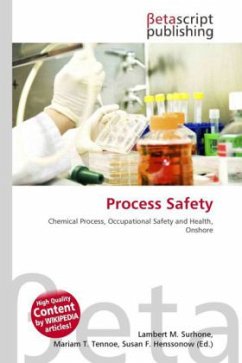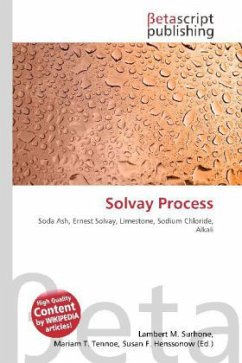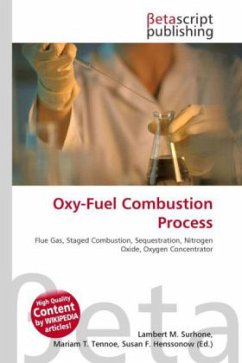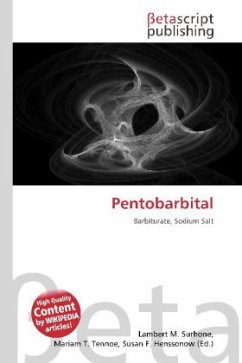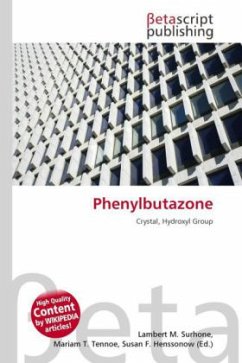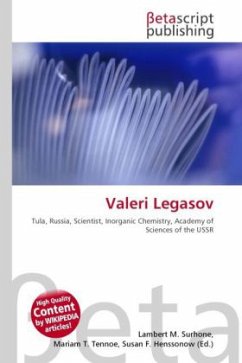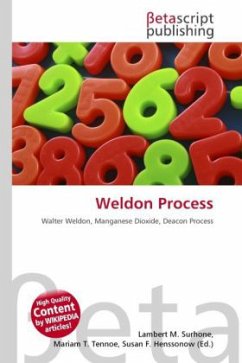
Weldon Process
Versandkostenfrei!
Versandfertig in 6-10 Tagen
19,99 €
inkl. MwSt.

PAYBACK Punkte
10 °P sammeln!
High Quality Content by WIKIPEDIA articles! The Weldon process is a process developed in 1870 by Walter Weldon for recovering manganese dioxide for re-use in chlorine manufacture. The manganese dioxide (and related oxides) are reacted with hydrochloric acid to give chlorine: MnO2 + 4 HCl MnCl2 + Cl2 + 2H2O The waste manganese(II) chloride solution is treated with lime, steam and oxygen, producing calcium manganite(IV): 2 MnCl2 + 3 Ca(OH)2 + O2 CaO·2MnO2 + 3 H2O + 2 CaCl2 The resulting calcium manganite can be reacted with HCl as in related processes: CaO·2MnO2 + 10 HCl CaCl2 + 2 MnCl2 + Cl2 ...
High Quality Content by WIKIPEDIA articles! The Weldon process is a process developed in 1870 by Walter Weldon for recovering manganese dioxide for re-use in chlorine manufacture. The manganese dioxide (and related oxides) are reacted with hydrochloric acid to give chlorine: MnO2 + 4 HCl MnCl2 + Cl2 + 2H2O The waste manganese(II) chloride solution is treated with lime, steam and oxygen, producing calcium manganite(IV): 2 MnCl2 + 3 Ca(OH)2 + O2 CaO·2MnO2 + 3 H2O + 2 CaCl2 The resulting calcium manganite can be reacted with HCl as in related processes: CaO·2MnO2 + 10 HCl CaCl2 + 2 MnCl2 + Cl2 + 5 H2O The manganese(II) chloride can be recycled, while the calcium chloride is a waste byproduct. The Weldon process was first replaced by the Deacon process and later by the Chloralkali process.



